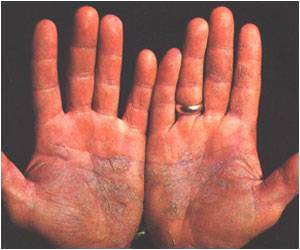Discover the powerful effect that art can have on our emotions and bodies, according to a recent study from Finland's University of Turku and Aalto University.
- Art has a profound effect on people's emotions and bodies, as evidenced by a recent study
- Human figures in the art can elicit strong emotional responses, possibly because we tend to empathize with others' feelings
- Art can stimulate pleasure centers in the body, making it a potential tool for mental health rehabilitation and care
Link Between Art and Emotions: Insights from a New Study
A new study illustrates how visual art influences our emotions. The research subjects examined various types of artworks and described how the art made them feel in their bodies. The researchers observed the subjects' eye movements as they looked at the art. In addition, the individuals evaluated the feelings elicited by each work of art."Seeing the art elicited a wide range of feelings and emotions in people." Even though several of the pieces dealt with sad or frightening issues, the feelings felt by the audience were mostly pleasant. "The stronger the body's reaction to the artwork, the higher the emotions experienced by the subject," explains Professor Lauri Nummenmaa of the Turku PET Centre at the University of Turku, Finland.
Understanding the Role of Human Figures in Eliciting Emotional Responses
"Human figures were the most interesting and looked at the subject in the artworks." Humans tend to empathize with one another's feelings, which is likely to be the case when we look at human figures in art. "The human emotions displayed in art pieces can be absorbed by the viewer undetected through so-called mirroring," says Aalto University Academician Riitta Hari.The survey included 1,186 adults from various nations who judged the emotions evoked by over 300 artworks. The study was carried out in the laboratory using online surveys and eye movement recordings.
Using Art for Mental Health Rehabilitation: Potential Applications and Benefits
"Our findings show that our bodies play an important role in the visual experience." People are drawn to art by bodily sensations: art produces feelings in the body, and such stimulation of the body's pleasure centers feels pleasurable to the spectator. This is why, for example, the emotions and body sensations elicited by art can be employed in mental health rehabilitation and care," Professor Nummenmaa explains.The findings of the study were published in the journal Cognition & Emotion.
Source-Medindia










